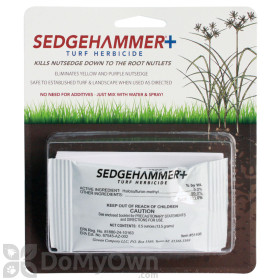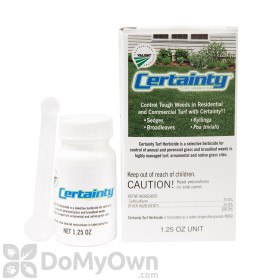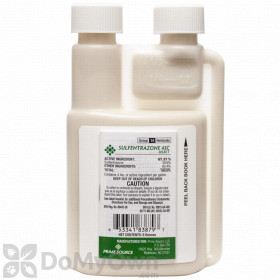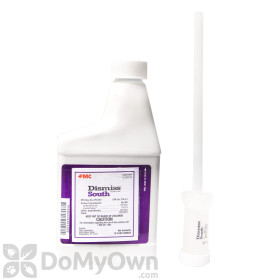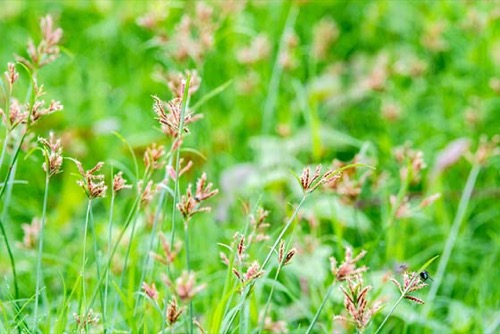
The nutsedge weed, also known as nut grass, can be difficult to control due to its extensive root system. Fortunately, there are steps you can take to keep your lawn nutsedge free. Read below to learn more.
Avoid Infested Soil
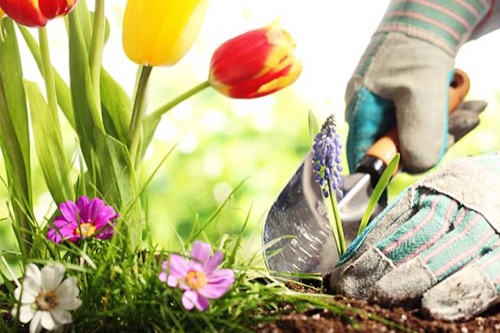
You could unknowingly introduce your lawn to nutsedge through new plants, flowers, and soil.
When purchasing new soil, riversand, or plants, it is important to check the soil for nutsedge tubers, also known as nutlets, and nutsedge roots, also known as rhizomes. If not, you could unknowingly add nutsedge tubers and rhizomes to your lawn, creating a nutsedge problem where it previously didn't exist or amplifying a previous problem.
Maintain Your Soil
Nutsedge can grow in almost any type of soil or climate, but truly thrives in damp, moist soil.
To make your lawn as un-appealing to nutsedge as possible, maintain your soil. This means making sure there is proper drainage in your lawn. You can also core aerate your lawn to assist in the draining of excess moisture. Watch the video below to learn how.
Maintain a Healthy Lawn
A healthy lawn is less likely have nutsedge. By practicing some basic lawn care tips, you can keep your lawn thriving and help eliminate a nutsedge problem before it starts.
- Have your lawn's soil tested at your local extension office. The soil test will tell you what nutrients your lawn is lacking.
- Based on the results of your soil test, fertilize your lawn with a fertilizer rich in the nutrients your lawn needs.
- Mow your lawn regularly and keep your grass blades 2 inches tall.
- Apply a pre-emergent herbicide treatment in the fall and spring to prevent any weeds from germinating and growing. Watch the video below for advice on how to apply a pre-emergent to your lawn.
For more advice on how to keep your lawn healthy year-round, read our lawn care schedules.
We hope you found this guide helpful. If you are still unsure if you have nutsedge in your lawn, review our guide on what nutsedge looks like. Where nutsedge grows will guide you through a lawn inspection and how to get rid of nutsedge will walk you through the treatment process.




